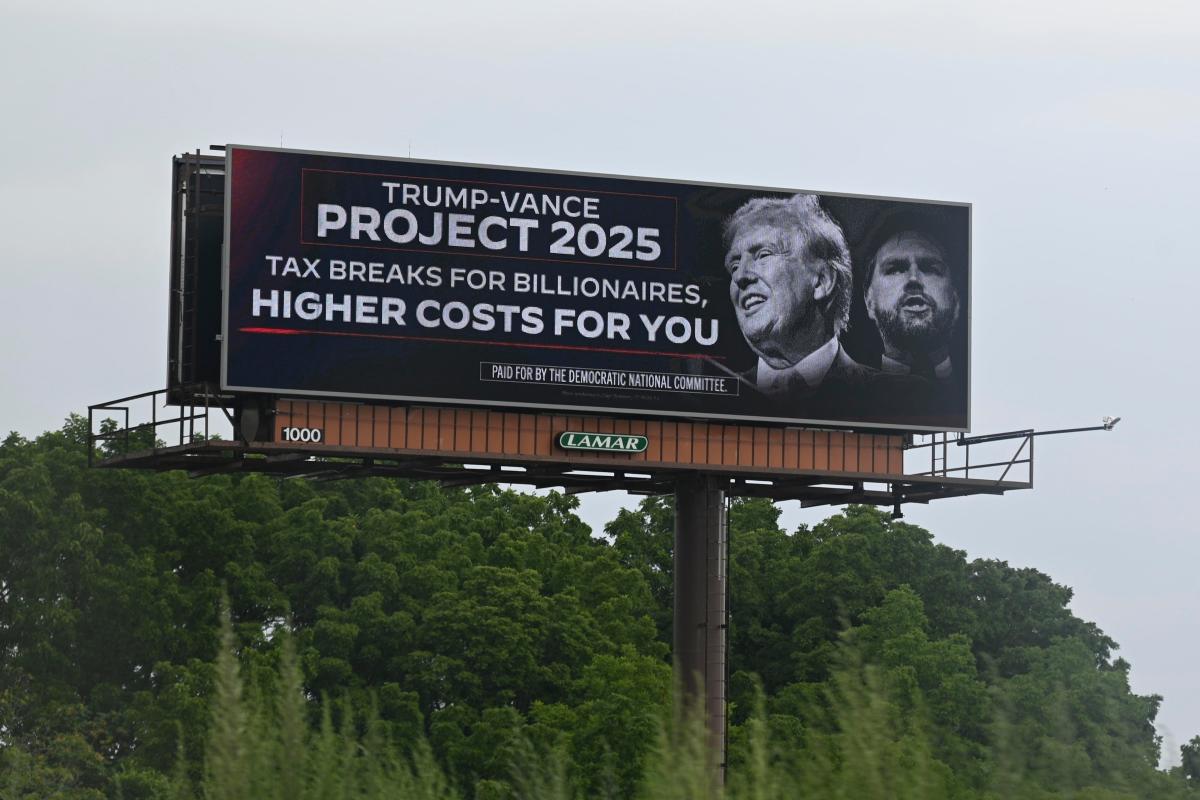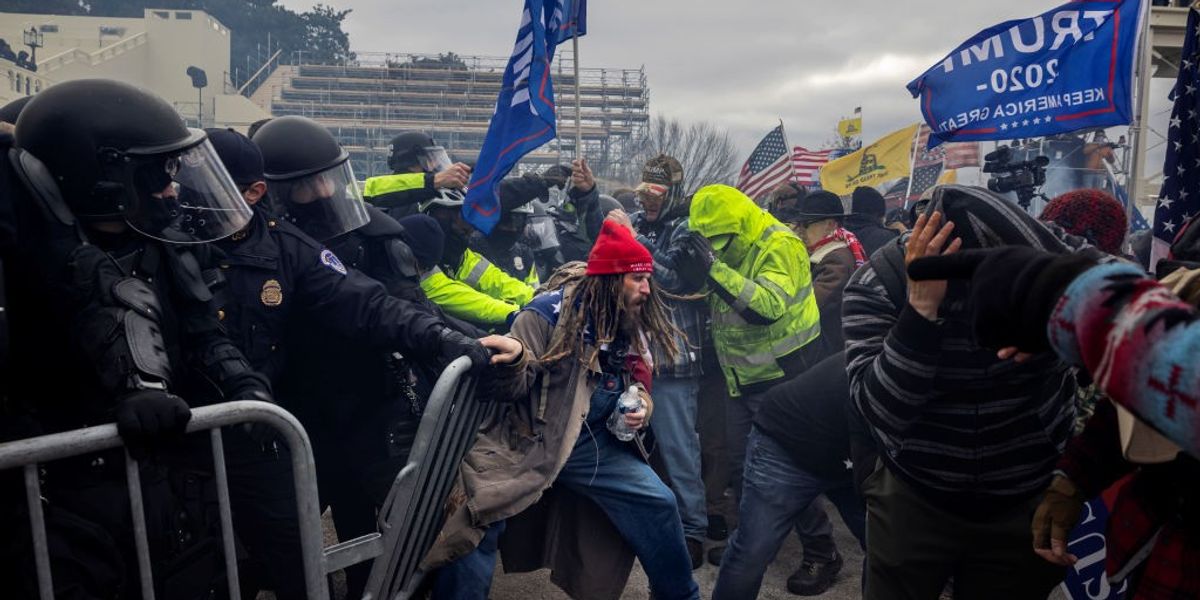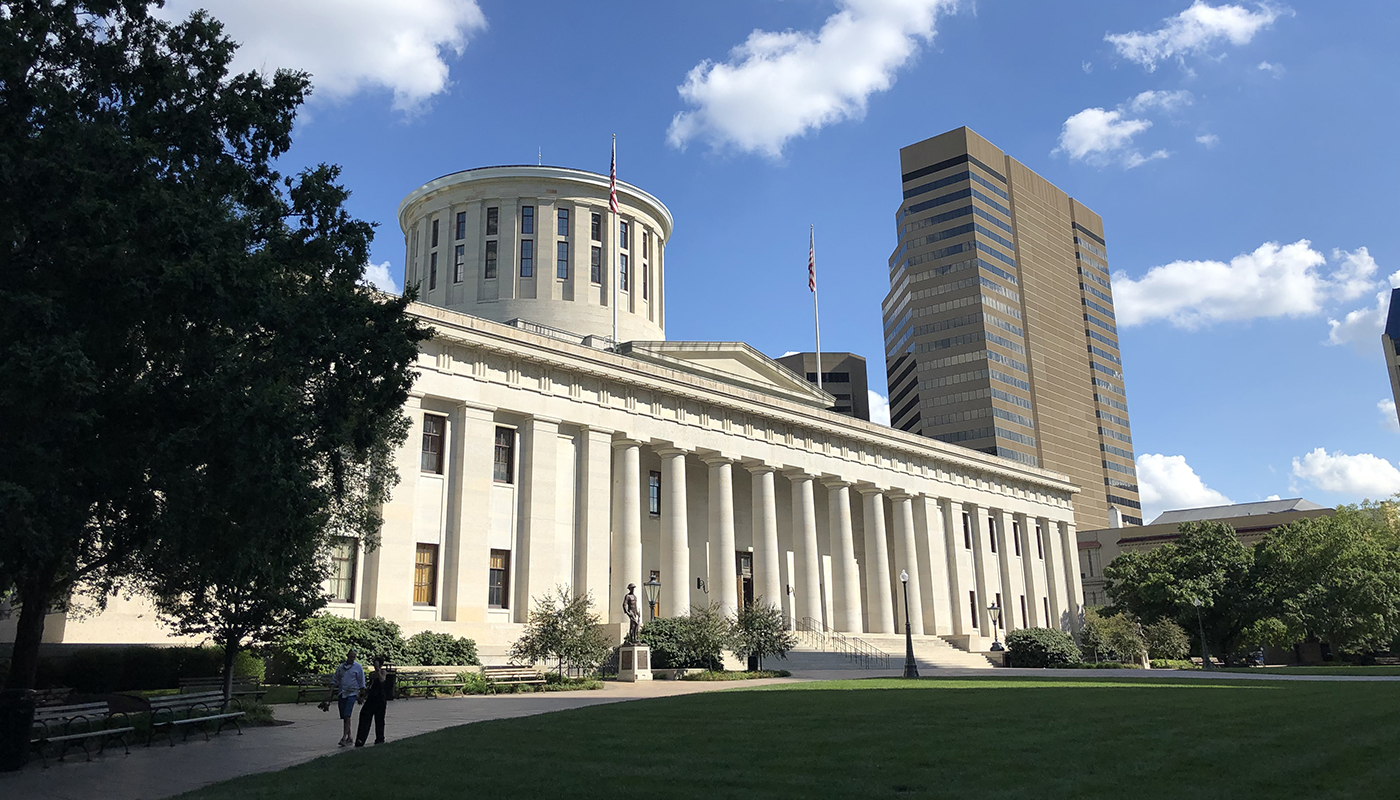Originally by Erin Mansfield at www.usatoday.com
President Donald Trump distanced himself from the conservative project known as Project 2025 on the campaign trail, but many policies he’s choosing to enact already align closely with it.
Project 2025, led by policy experts at the conservative Heritage Foundation, has provided the Republican presidential administration with a blueprint of policy ideas.
“President Trump and his team deserve the credit for delivering on his commitment to make America safer, stronger, and better than ever before,” said Ellen Keenan, a spokesperson for the Heritage Foundation. “We are thrilled to see President Trump follow through on so many of his campaign promises in just one week.”
Some of the language in Trump’s executive orders mirrors language from Project 2025. In other cases, he’s calling for the same actions that authors in Project 2025 also said the next Republican president should take.
That didn’t sit well with groups opposed to Project 2025.
“Nine days into the newest Trump administration, many of Project 2025’s wildest dreams have already even been implemented or attempts have been made to implement them,” said Cathryn Oakley, the senior policy director for the Human Rights Campaign, a left-leaning group that opposed Project 2025.
Trump distanced himself from Project 2025 during his presidential campaign when many of its policies proved deeply unpopular with voters.
“I know nothing about Project 2025,” Trump wrote in a Truth Social post in July. “I have no idea who is behind it. I disagree with some of the things they’re saying and some of the things they’re saying are absolutely ridiculous and abysmal.”
Here are three ways Project 2025 recommendations have shown up in the Trump administration so far, and what those policies do.
The “biological reality” of sex
A passage in one of the summary sections of Project 2025 points to people who “deny the biological reality that there are only two sexes.”
In an executive order signed on Inauguration Day, Trump declared that the federal government recognizes two sexes – male and female – and referred to “ideologues who deny the biological reality of sex.”
Oakley, whose organization supports transgender rights, said the Heritage Foundation and similar organizations have been promoting the idea of a “reality” of two sexes in state-level advocacy because they believe in strict gender roles.
There are people who don’t fit well into those two categories, despite what advocates on the right might argue, she said.
“These folks believe strongly that there is one way to be a man and one way to be a woman and there is and should not be any way to diverge from their ideal of what it means to be a man and what it means to be a woman,” she said.
Disagreement:Trump order recognizes only two sexes. Advocates call it ‘cruel,’ ‘lawless.’
Project 2025 called on the next president to, “Reverse policies that allow transgender individuals to serve in the military. Gender dysphoria is incompatible with the demands of military service.”
Another of Trump’s executive orders says that gender dysphoria ‒ a medical term for being transgender ‒ is “inconsistent” with “standards for troop readiness, lethality, cohesion, honesty, humility, uniformity and integrity.”
Then-Secretary of Defense Ash Carter took a different view in 2016 when he ended the ban on transgender troops, calling transgender service members, “talented and trained Americans who are serving their country with honor and distinction” and said the military should not have “barriers unrelated to a person’s qualification to serve.”
A federal hiring freeze
Project 2025 included a 15-page section criticizing personnel management within the federal bureaucracy. “What is needed at the beginning is a freeze on all top career-position hiring,” one of the key recommendations said. A section about the Department of Labor also called for a hiring freeze for career officials in the department.
Trump imposed a hiring freeze in an executive order on Inauguration Day, banning any open civilian positions at the time of his inauguration from being filled, and banning the creation of new ones. The order specifically exempted non-career positions, political appointees, and Senate-confirmed positions.
Amanda Carpenter, an editor at the nonpartisan Protect Democracy, said there is an overarching agenda in both Project 2025 and Trump’s executive orders that seek to expand executive power, and the first order of business is to purge the government of career civil service workers.
Congress created the federal civil service in the late 1800s to promote merit-based hiring as opposed to political favoritism ‒ which previously led to scandal ‒ and to promote continuity in government even when presidents changed.
In a reversal to that longstanding tradition, Trump attempted to fill the government with more loyal employees in an executive order before leaving office in late 2020. Project 2025 called for the next Republican president to reissue or reinstitute that order. Trump did that — he issued a new version of the old executive order, with modifications, on Jan. 20, his first day in office.
Alignment of foreign aid
Project 2025 criticized how the US distributes foreign aid, and specifically programs that help countries such as China and Syria. The paper called for the “aligning of US foreign aid to US foreign policy” because the funding is “too often disconnected from the strategy and practice of U.S. foreign policy.”
Trump issued an executive order on his first day titled, “Reevaluating and realigning United States foreign aid,” that said the country’s “foreign aid industry and bureaucracy are not aligned with American interests and in many cases antithetical to American values.”
Trump’s order did not specify which specific funding was problematic, but Project 2025 pointed to funding for abortion, climate change initiatives, and diversity, equity and inclusion.
Trump’s order also went further than Project 2025, declaring, “No further United States foreign assistance shall be disbursed in a manner that is not fully aligned with the foreign policy of the President of the United States.” The State Department announced Sunday it is implementing the order.
Read the Original Story




